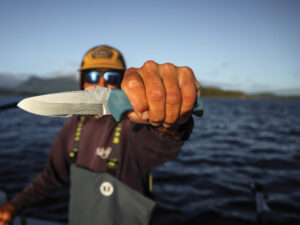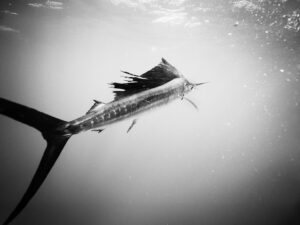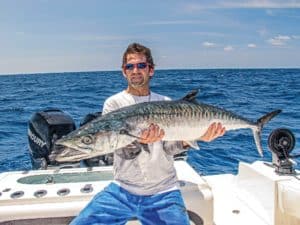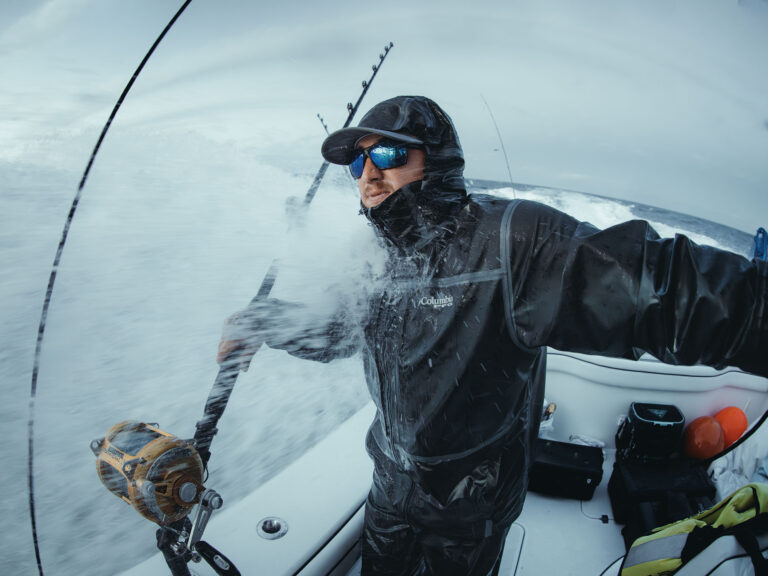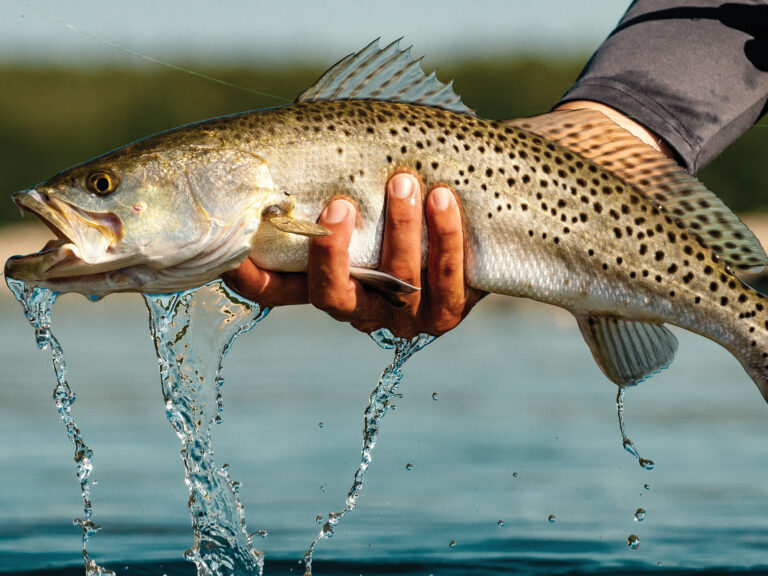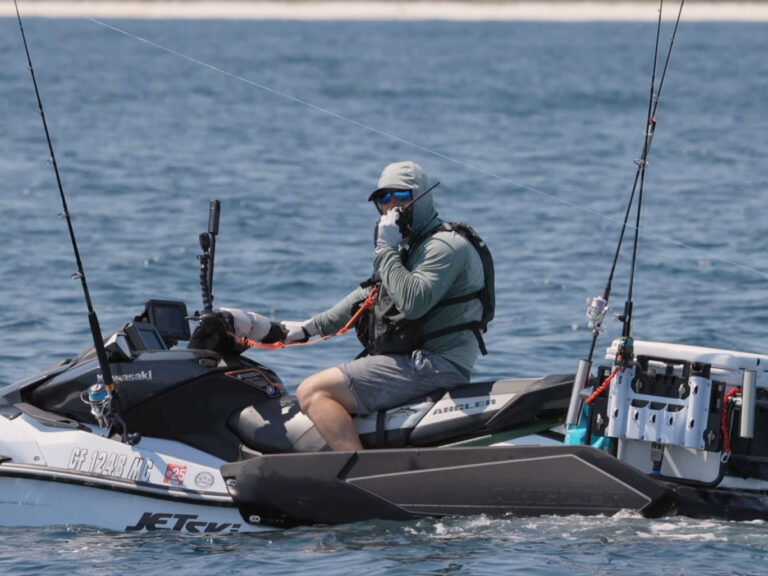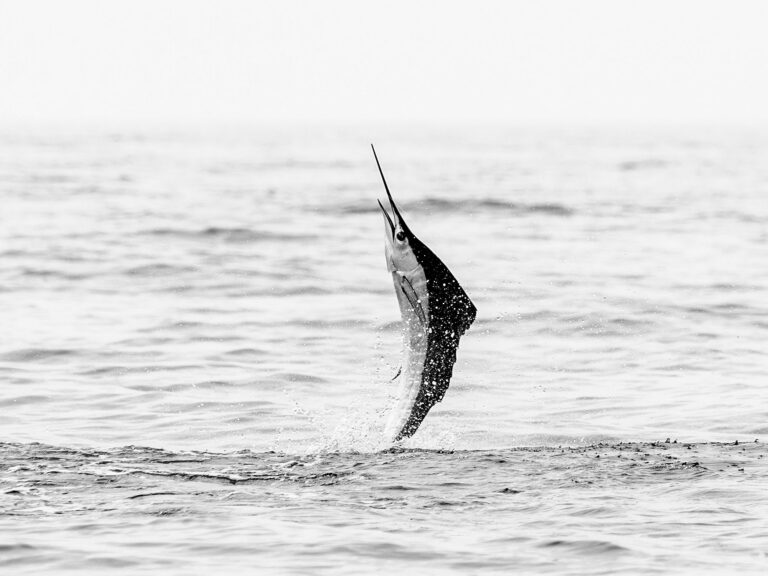
While it’s possible to luck into a bragging-size trout now and then, catching trophies consistently takes skill and a thorough knowledge of the fish’s habits and habitats. Three inshore experts who tally numerous heavyweights every year detail the secrets to their ongoing success with hefty spotted seatrout from Florida to Texas.

Plug Fishing for Speckled Trout
Many trout fishermen are jig casters, but when big trout are the target, Eddie Cabler, trout tournament top gun from Jacksonville, Florida, loves plugs. He’s lost count of the trout weighing over 6 pounds he’s caught. But he remembers landing three over 10 pounds, including a 32-inch behemoth that hit the 12-pound mark on the scale. He favors MirrOlures in natural color schemes that best imitate baitfish native to northeast Florida.
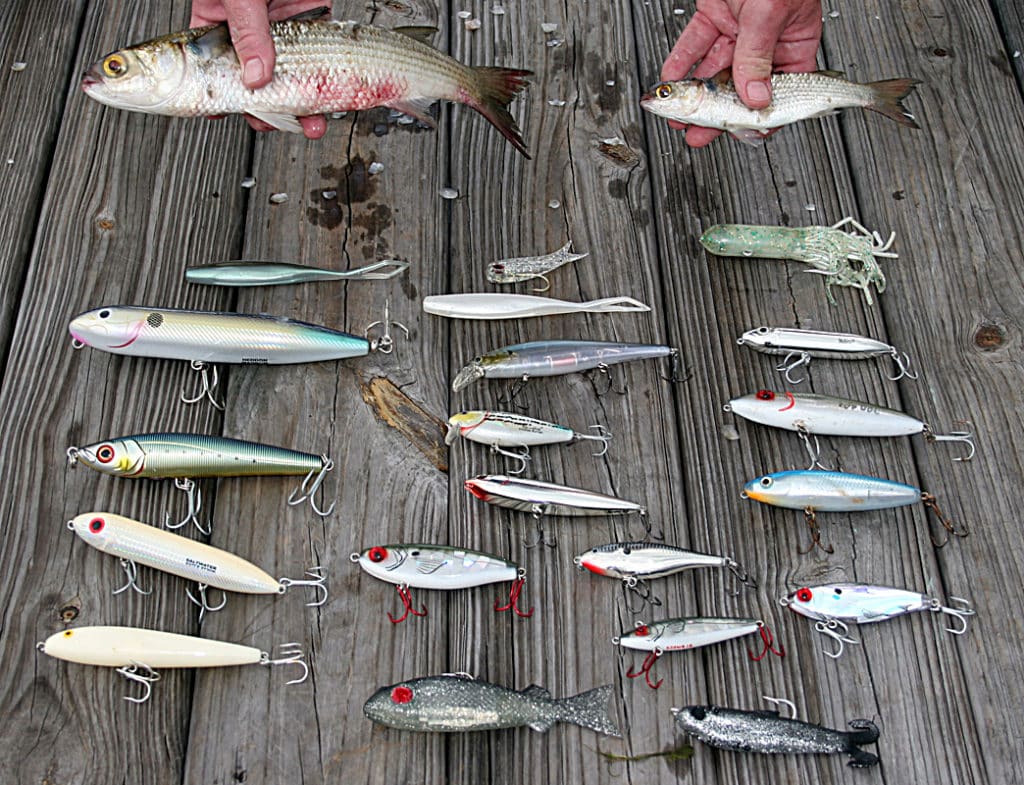
Cast Sinking Plugs in Winter for Seatrout
In cold water, baitfish schools often go deep and the trout that prey on them follow suit. In addition, trout are not nearly as active when temperatures drop, says Cabler, so anglers must adjust their tactics accordingly. He advises to switch to sinking plugs and work them slowly. And use lots of pauses during the retrieve because most trout hit a lure just as it starts to move. “Sometimes fishing this way can be boring, but it’s deadly on big fish,” he warns.
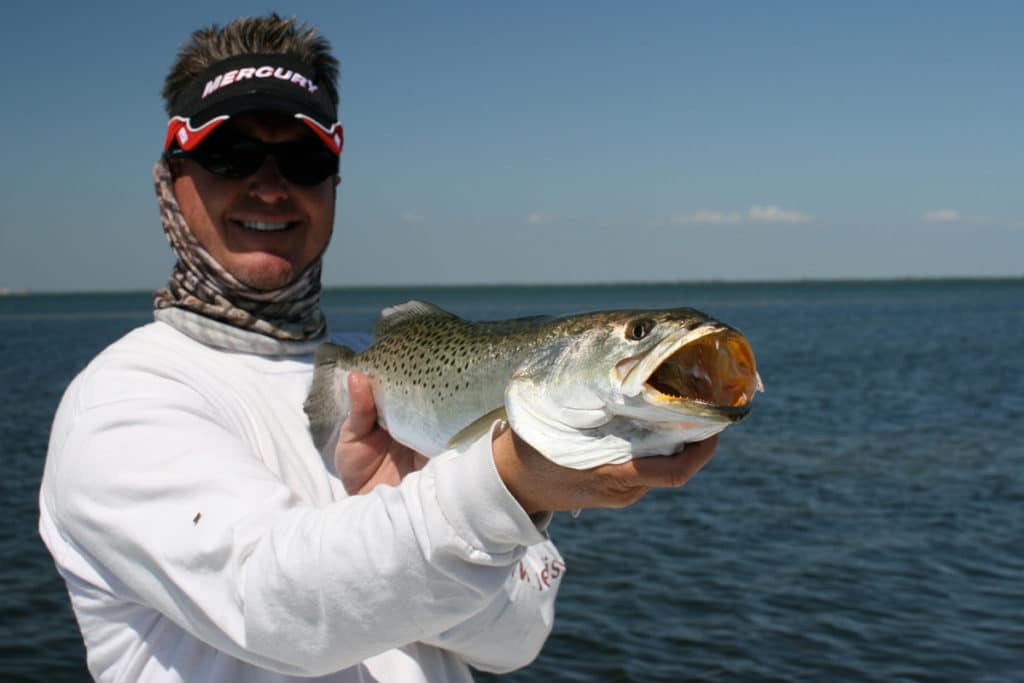
Find Seatrout on Deep Ledges
Using a depth finder to locate bait schools and likely ambush spots for trout, Cabler often works water 8 to 12 feet deep, targeting drop-offs and ledges. “I want my plugs tight to a dropoff,” he says. “Use your depth finder to keep the boat near a ledge or rocky dropoff and make long casts parallel to it. Casting perpendicular to that ledge or drop-off is not as productive because your lure doesn’t stay long in the zone where big trout are holding.” He adds that, “if you find bait schools in deep water, work plugs around those areas and your big trout catches will improve.”

Drifting with Jigs for Trout
As a charter captain in Daphne, Alabama, Capt. Patrick Garmeson has learned that a hands-off approach he calls “do-nothing” fishing often produces the biggest seatrout. “We rig rods with H&H ⅜- to ½-ounce Sparkle Beetle jigs and make controlled drifts with an electric motor over likely areas.” Garmeson also shared that the rods are left in gunnel holders — not held by anglers — and no hookset is made. The jigs are left to bump along the bottom, and when a trout takes, the rod just bows and the angler picks up the rod to fight the fish. “We just slide along with the current, allowing the lures to bump bottom freely and the trout to take lures unimpeded. It’s a very natural lure presentation.” For this technique, Garmeson employs three to five jigs of varying colors, and he prefers outgoing tides running at 1 to 2 knots.
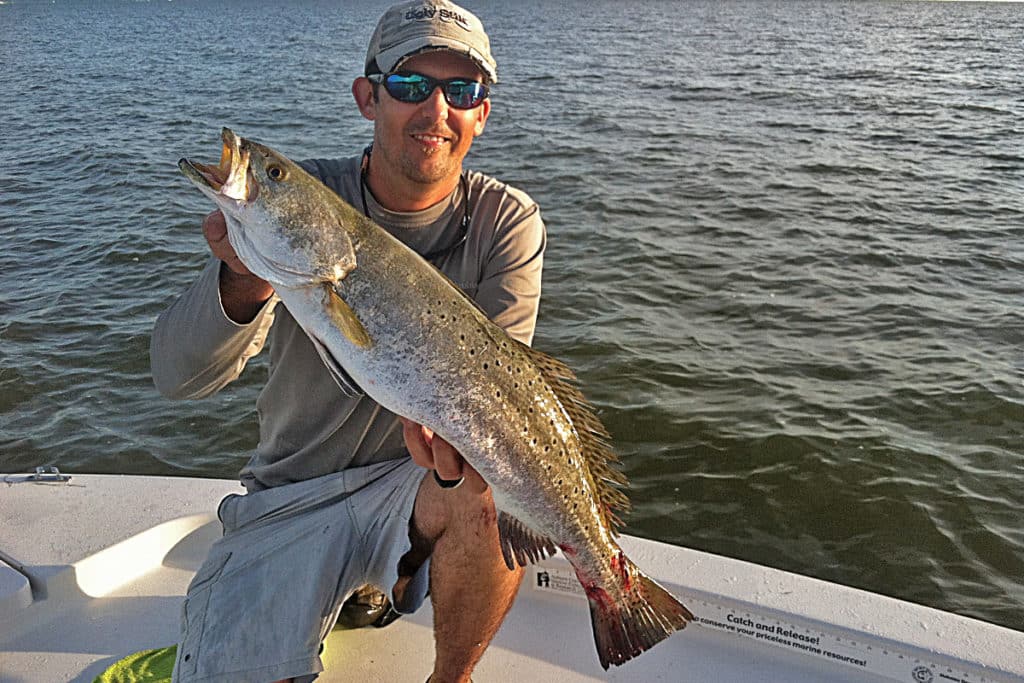
Seatrout Don’t Like Fresh Water
Sometimes in spring and summer, abundant rain pushes bait and trout well down rivermouths and out into the Gulf of Mexico, forcing anglers to keep moving to locate fish. “Saline content diminishes, and fish move to find the right mix of salt and fresh water,” he says. “Then it’s best to to work stretches about 300 yards long. If nothing hits, try a different spot.”
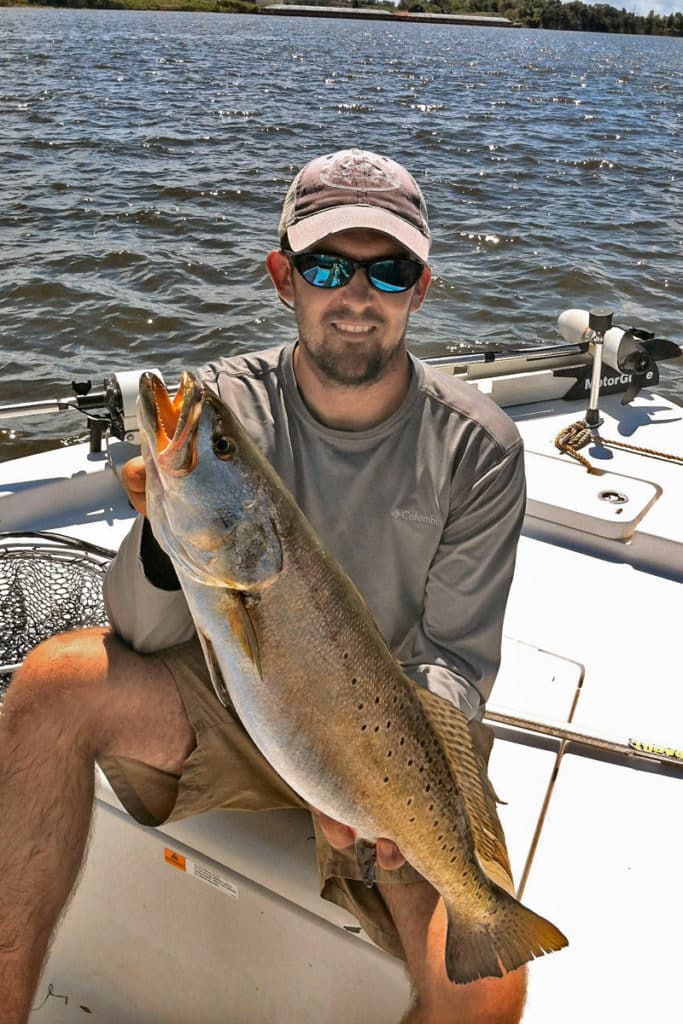
Bait Schools Attract Big Seatrout
Garmeson believes locating bait schools is essential to pinpointing big trout. Surface swirls or dimpling at the surface can lead to pods of mullet or menhaden, with trout nearby, but a sensitive fathometer helps locate deeper bait schools. “Pinfish, croakers, white trout, mullet, menhaden, shad and shrimp show well on sonar at mid-depths. Big trout usually are on the bottom, relating to the bait.” According to Garmeson, live shrimp and jigs produce well near the bait pods, and, at times, he opts for plugs such as a ½-ounce gold-and-black Rat-L-Trap or MirrOlure MirrOdine XL.
“Once water temperature reaches about 70 degrees — which is about May in south Alabama — I find trout on shallower flats of sand mixed with oyster shell,” said Garmeson. “But it’s got to be pretty salty; that’s an important key when water starts warming up.”
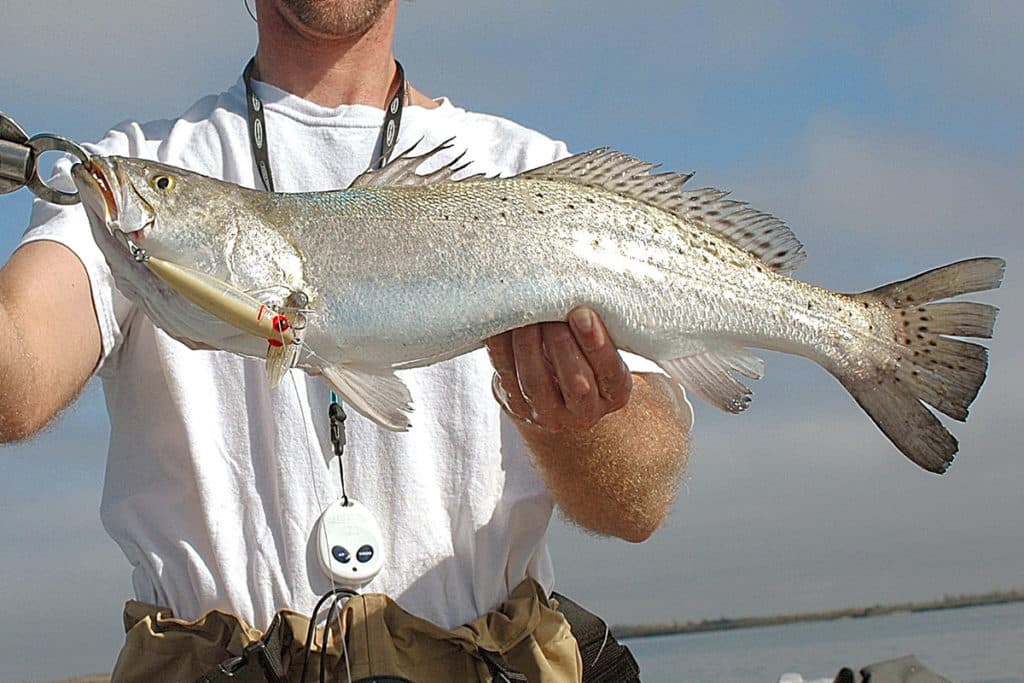
Catching Seatrout in Colder Water
When temperature of the water drops below 65 degrees, Cabler goes to twitch baits that have very little inherent action, and he insists those with rattles are more effective. He prefers the TTR and 52M series MirrOlures, again, in natural colors. Considering a 1 foot per second sink rate, Cabler uses the countdown method to estimate when his lure has reached the desired depth. And sometimes he’ll add stick-on weights to help a plug sink quicker.
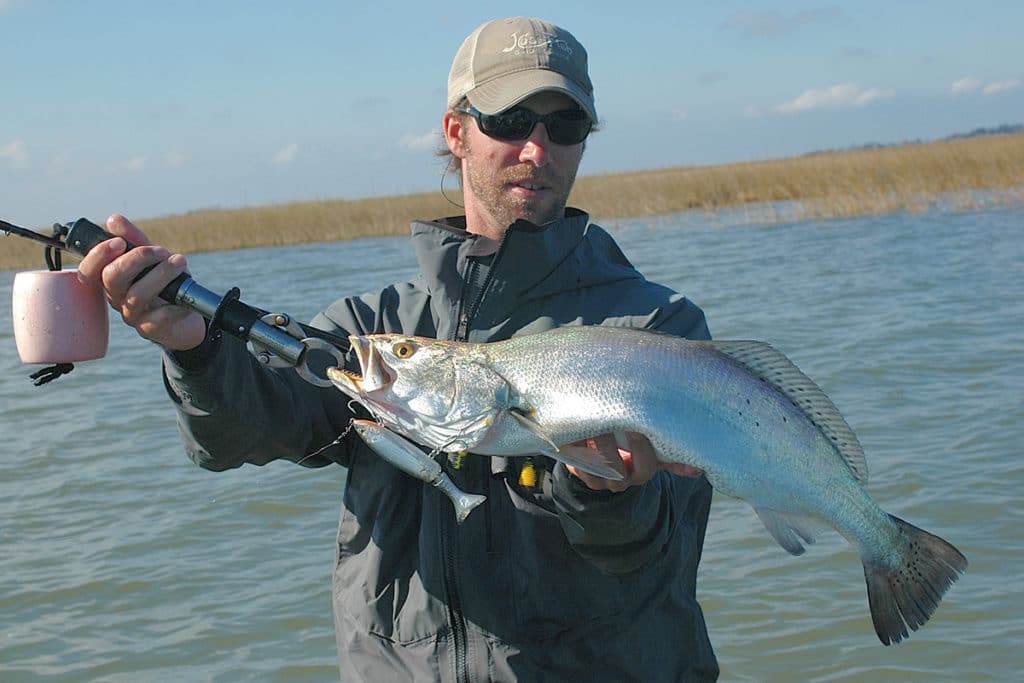
Night Fishing for Seatrout
In summer, catching seatrout at night is a common tactic, but Jaynes targets 3- to 6-pounders, which he claims act differently than smaller trout. “I don’t fish near lights,” he says. “Lights attract bait and trout, but most fish are on the small side. Instead, I wade flats around spoil islands adjacent to the 35-foot deep Intracoastal Waterway. After the sun sets, heavy trout come out of that deep water to feed up on the shallows during moving tide phases.” For night duty, Jaynes has two favorites: an Egret 5-inch Wedgetail Mullet fished on a 1⁄8-ounce jig with a steady retrieve, and a Heddon Super Spook fished slowly, with lots of pauses to help big trout catch up to it.

Wade Fishing for Trophy Seatrout
Capt. Adam Jaynes, inshore guide on tidal Sabine Lake in the Texas-Louisiana border, turns to wading during windy spring weather, when big seatrout are in skinny, clear water, to take hull slap and other likely boat noises out of the equation. “Big trout on Sabine are shallow in spring and are very skittish about noise, so wading is the best way to go,” he says. “Also, in a boat, it’s easy to drift over fish and spook them.”
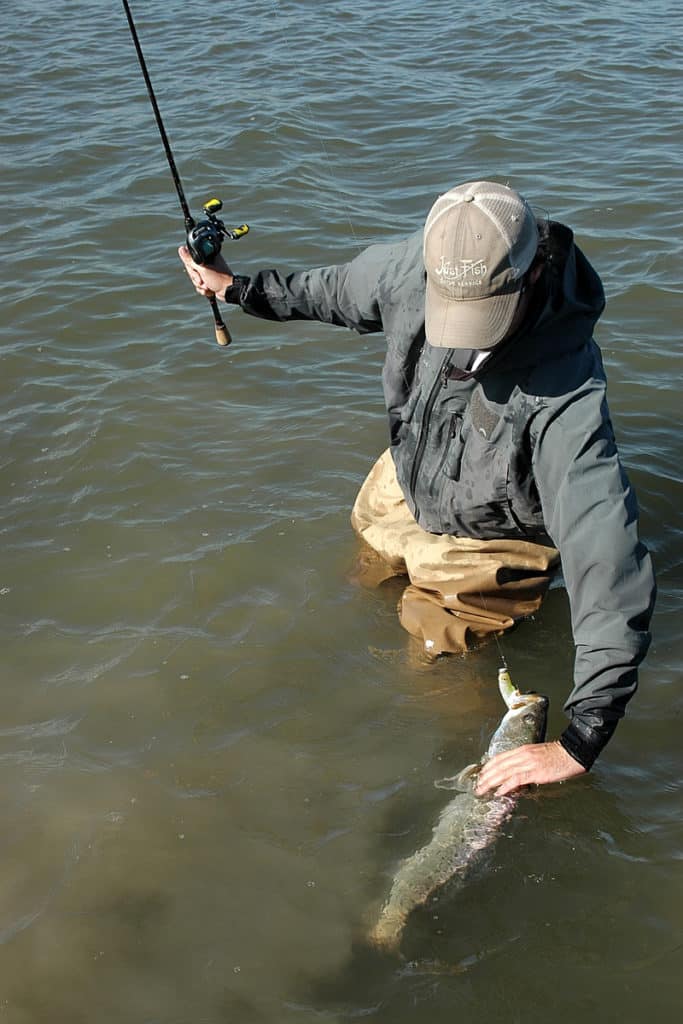
Ideal Wading Water for Seatrout
Jaynes prefers the clear, salty water pushed in by incoming tides, and he works areas from knee- to waist-deep. “Wading in water in the high 60s to low 70s isn’t uncomfortable, and we catch many more fish of 4 to 8 pounds. I anchor my boat 100 yards from where I want to fish, and I concentrate on mud lumps, grass clumps and shell beds with lots of bait.” Jaynes also relayed that he and his clients wade with the wind at their backs, so it’s easy to make long casts and lower the odds of spooking trout.

Lures for Wade Fishing
When wading for spring mega trout, he selects one of three choices: an Egret 4-inch Kick A Mullet Jr. fished with a steady retrieve just below the surface, or with a twitch-twitch-pause action; a Heddon Super Spook worked with a constant walk-the-dog retrieve; a Paul Brown’s Fat Boy fished with a walk-the-dog action, or a twitch-twitch-pause.

Diving Birds Signal Seatrout are Nearby
Jaynes believes the easiest and best fishing for trout in the 3- to 6-pound range takes place in autumn. “That’s when shrimp pour out of tidal marsh creeks into Sabine Lake and big trout and redfish hammer them. Fish are under birds, and we slam them with small, flashy or brightly colored Egret 3 ½-inch Wedgetails rigged with 1⁄8- to ¼-ounce jig heads,” he says. Jaynes adds that, under birds, trout often are small, so it’s wise to keep moving, fishing different flocks of birds and bait schools to locate the big ones, usually in open water 6 to 7 feet deep. “Sometimes surface foam under birds indicates bigger trout feeding below the surface, and it’s not uncommon for heavy redfish to be in the mix.”


